Ladybug!!
Hey everyone, at times one gets down for whatever reason, on this day I was low. I always also get comfort from nature, this day was no different.... Sitting outside enjoying the view and pondering life this lovely lady bug landed for a sneaky walk around and with a message that everything would be ok!
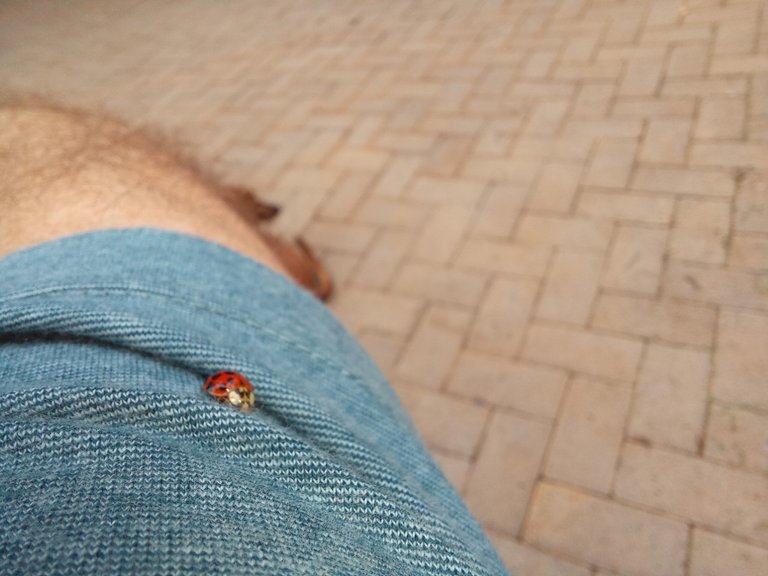
As per wikipedia.org:
"Lady Bug" redirects here. For other uses, see Lady Bug (disambiguation).
"Ladybird", "Ladybug", and "Lady beetle" redirect here. For other uses, see Ladybird (disambiguation).
Lady beetle
Temporal range: Eocene–Present
PreꞒꞒOSDCPTJKPgN
Coccinella magnifica01.jpg
Coccinella magnifica
Scientific classificatione
Kingdom: Animalia
Phylum: Arthropoda
Class: Insecta
Order: Coleoptera
Suborder: Polyphaga
Infraorder: Cucujiformia
Superfamily: Coccinelloidea
Family: Coccinellidae
Latreille, 1807 [1]
Subfamilies [1]
Chilocorinae Mulsant, 1846
Coccidulinae Mulsant, 1846
Coccinellinae Latreille, 1807
Epilachninae Mulsant, 1846
Hyperaspidinae Duverger, 1989
Microweiseinae Leng, 1920[2]
Scymninae Mulsant, 1846
Sticholotidinae Weise, 1901
Coccinellidae (/ˌkɒksɪˈnɛlɪˌdiː/)[3] is a widespread family of small beetles ranging in size from 0.8 to 18 mm (0.03 to 0.71 inches).[4] The family is commonly known as ladybugs in North America and ladybirds in Britain and other parts of the English-speaking world. Entomologists prefer the names ladybird beetles or lady beetles as these insects are not classified as true bugs.[5]
The majority of coccinellid species are generally considered useful insects, because many species prey on herbivorous homopterans such as aphids or scale insects, which are agricultural pests. Many coccinellids lay their eggs directly in aphid and scale insect colonies in order to ensure their larvae have an immediate food source.[6] However, some species do have unwelcome effects; among these, the most prominent are of the subfamily Epilachninae (which includes the Mexican bean beetle), which are herbivorous themselves. Usually, epilachnines are only minor agricultural pests, eating the leaves of grain, potatoes, beans, and various other crops, but their numbers can increase explosively in years when their natural enemies, such as parasitoid wasps that attack their eggs, are few. In such situations, they can do major crop damage. They occur in practically all the major crop-producing regions of temperate and tropical countries. https://en.wikipedia.org/wiki/Coccinellidae
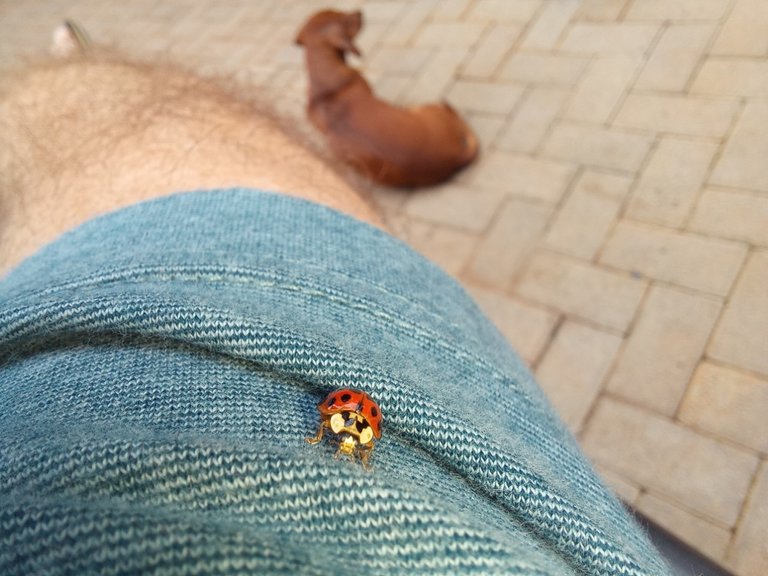
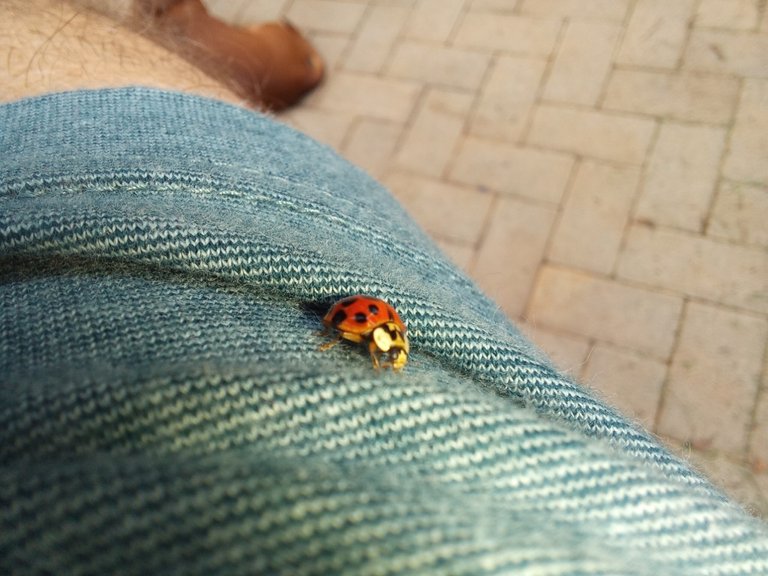
Etymology
The name coccinellids is derived from the Latin word coccineus meaning "scarlet".[7] The name "ladybird" originated in Britain where the insects became known as "Our Lady's bird" or the Lady beetle.[8][9] Mary (Our Lady) was often depicted wearing a red cloak in early paintings, and the spots of the seven-spot ladybird (the most common in Europe) were said to symbolise her seven joys and seven sorrows.[8][10] In the United States, the name was adapted to "ladybug". Common names in some other European languages have the same association; for example, the German name Marienkäfer translates to Marybeetle.[11]
Description
Coccinellids are often conspicuously coloured yellow, orange, or red with small black spots on their wing covers, with black legs, heads and antennae. There is, however, great variation in these colour patterns. For example, a minority of species, such as Vibidia duodecimguttata, a twelve-spotted species, have whitish spots on a brown background. Coccinellids are found worldwide, with over 6,000 species described.[12][13]
Clitostethus arcuatus larva, pupa and adults
Most coccinellids have round to elliptical, dome-shaped bodies with six short legs. Depending on the species, they can have spots, stripes, or no markings at all. Seven-spotted coccinellids are red or orange with three spots on each side and one in the middle; they have a black head with white patches on each side.
As well as the usual yellow and deep red colourings, many coccinellid species are mostly, or entirely, black, dark grey, gray, or brown, and may be difficult for non-entomologists to recognise as coccinellids at all. Conversely, non-entomologists might easily mistake many other small beetles for coccinellids. For example, the tortoise beetles, like the ladybird beetles, look similar because they are shaped so that they can cling to a flat surface so closely that ants and many other enemies cannot grip them.[citation needed]
Non-entomologists are prone to misidentify a wide variety of beetle species in other families as "ladybirds", i.e. coccinellids. Beetles are particularly prone to such misidentification if they are spotted in red, orange or yellow and black. Examples include the much larger scarabaeid grapevine beetles and spotted species of the Chrysomelidae, Melyridae and others. Conversely, laymen may fail to identify unmarked species of Coccinellidae as "ladybirds". Other beetles that have a defensive hemispherical shape, like that of the Coccinellidae (for example the Cassidinae), also are often taken for ladybirds.[citation needed]
A common error, totally unfounded, is that the number of spots on the insect's back indicates its age.[14][15] In fact, the underlying pattern and colouration are determined by the species and genetics of the beetle, and develop as the insect matures. In some species its appearance is fixed by the time it emerges from its pupa, though in most it may take some days for the colour of the adult beetle to mature and stabilise. Generally, the mature colour tends to be fuller and darker than the colour of the callow.[citation needed] More here as per www.wikipedia.org https://en.wikipedia.org/wiki/Coccinellidae
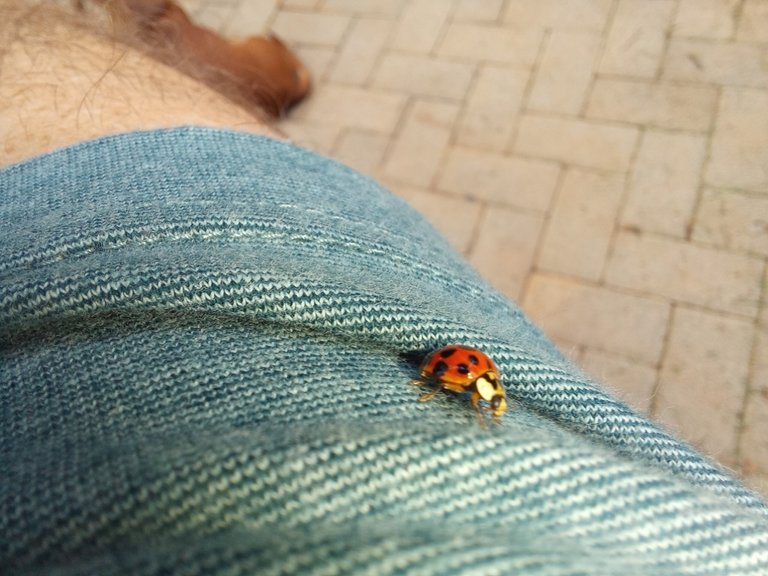
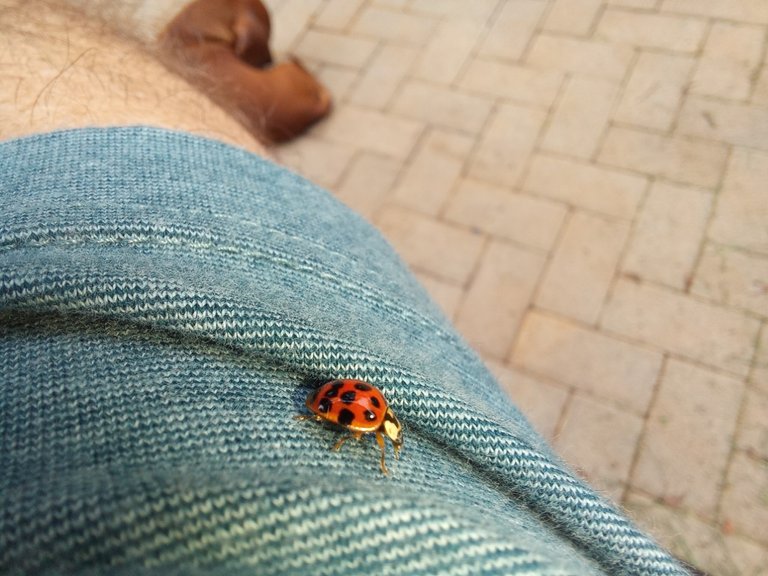
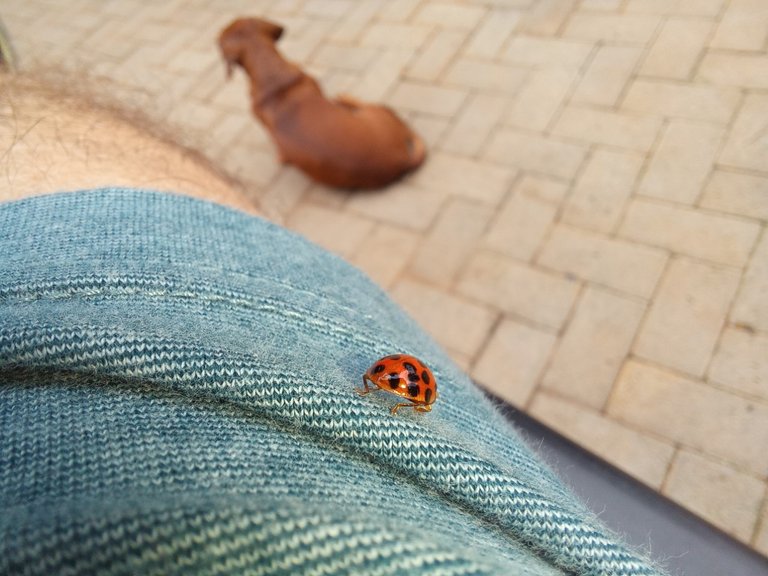
After a couple more snaps, (Tinkie as usual making sure I was doing a decent job), she was gone!
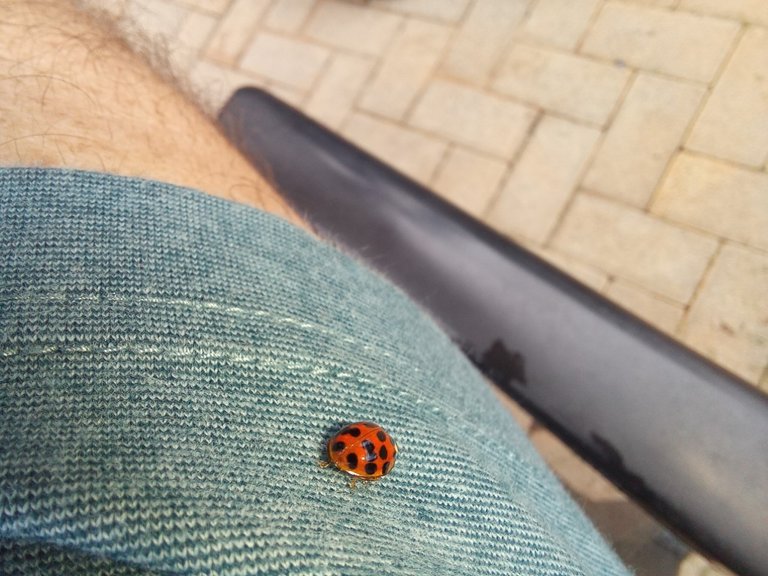
Nature the incredible!
May you have the most incredible Sunday! Love and light, be blessed!
Cheer$:)
Very beautiful ladybug. Nature is always beautiful .
True that brother. Cheer$;P
Congratulations @craigcryptoking! You have completed the following achievement on the Hive blockchain and have been rewarded with new badge(s) :
Your next target is to reach 9750 replies.
You can view your badges on your board and compare yourself to others in the Ranking
If you no longer want to receive notifications, reply to this comment with the word
STOPCheck out the last post from @hivebuzz:
Stunning thanks a ton. Cheer$;)
You're welcome @craigcryptoking 😉👍